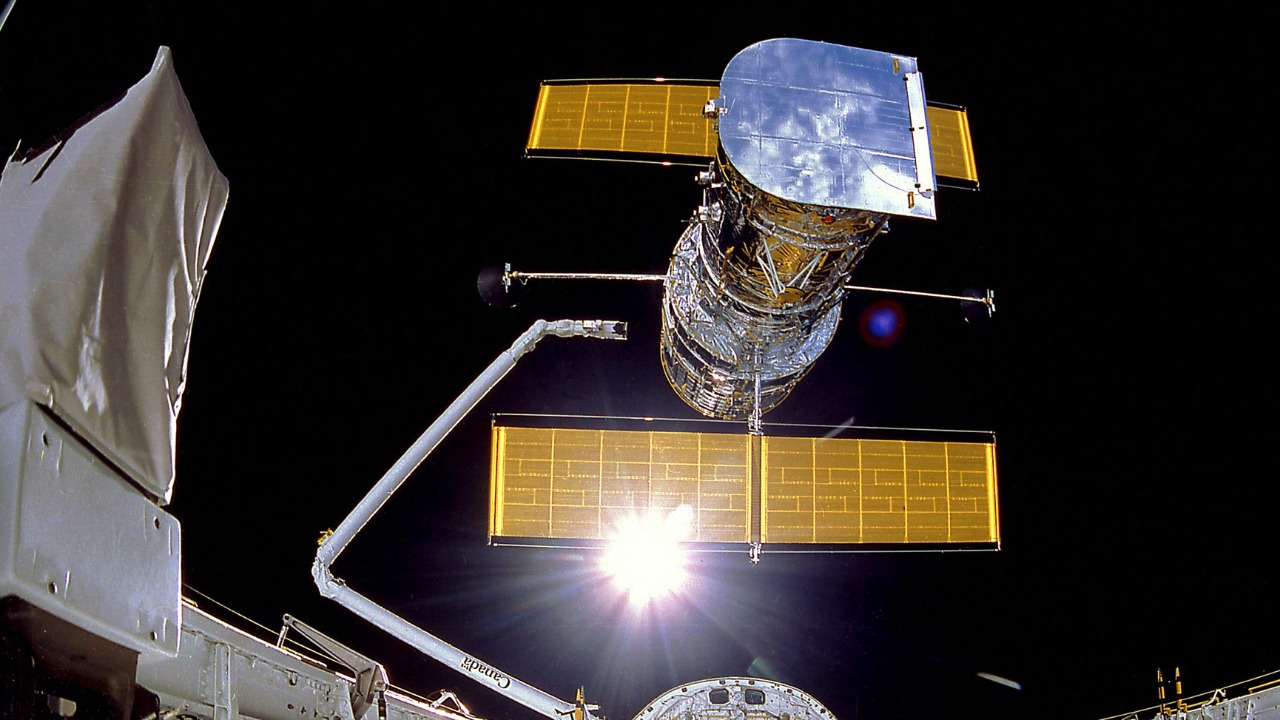
The world’s first private space telescope is set to revolutionize the search for stars with habitable exoplanets, marking a pivotal moment in the realm of privately funded astronomy. This initiative complements the ongoing efforts of NASA’s James Webb Space Telescope, which continues to broaden our cosmic understanding through educational programs. Meanwhile, the Habitable Worlds Observatory is poised to further this mission by focusing on the detection of life-supporting worlds.
The Emergence of Private Space Telescopes
The development of the world’s first private space telescope represents a groundbreaking shift in how astronomical research is funded and conducted. Unlike traditional space telescopes, which rely heavily on government funding and oversight, this private endeavor operates independently, driven by private investments. This independence allows for a more agile approach to research and innovation, potentially accelerating the pace of discovery in the field of exoplanetary science. The telescope’s design is tailored specifically for the detection of exoplanets, equipped with advanced spectral analysis capabilities to identify habitable zones around distant stars (Space.com).
One of the key features of this private telescope is its ability to perform detailed spectral analysis, a crucial tool in identifying the chemical compositions of exoplanet atmospheres. This capability is essential for determining whether these distant worlds could potentially support life. By focusing on the spectral signatures of water vapor, oxygen, and other biosignatures, the telescope aims to pinpoint planets that reside within the habitable zones of their parent stars. The potential for collaboration between private entities and public observatories is significant, as it could lead to enhanced data sharing and a more comprehensive understanding of habitable exoplanets.
Role of the James Webb Space Telescope in Exoplanet Studies
The James Webb Space Telescope (JWST) has already made substantial contributions to our understanding of distant stars and planets through its powerful infrared observations. These observations have allowed scientists to peer into the atmospheres of exoplanets, revealing details about their composition and potential habitability. NASA’s Jet Propulsion Laboratory (JPL) has leveraged these findings to create educational resources that engage the public in the science of exoplanet exploration (NASA JPL).
JWST’s ability to detect and analyze the atmospheres of exoplanets has led to significant discoveries, such as identifying the presence of water vapor and other key molecules that could indicate habitability. These findings have profound implications for our understanding of where life might exist beyond Earth. The telescope’s teachable moments program plays a crucial role in making this complex science accessible to the public, fostering a greater appreciation for the search for habitable worlds.
Advancements with the Habitable Worlds Observatory
The Habitable Worlds Observatory is poised to be a next-generation mission that aims to directly image Earth-like exoplanets. Announced earlier this year, the observatory is designed to build upon the successes of its predecessors by employing cutting-edge technologies to characterize exoplanet biosignatures and assess their habitability (Sky at Night Magazine).
This observatory will utilize advanced imaging techniques to capture detailed views of exoplanets, allowing scientists to study their atmospheres and surface conditions in unprecedented detail. By focusing on a variety of star types, the mission aims to broaden our understanding of the conditions that might support life. The integration of data from private telescopes could significantly enhance the observatory’s capabilities, providing a more comprehensive picture of the universe’s potential habitable worlds.
Challenges and Future Prospects in Habitable Exoplanet Detection
Despite the advancements in technology, distinguishing habitable exoplanets from non-habitable ones remains a significant challenge. The private space telescope, while equipped with state-of-the-art instruments, must overcome technical hurdles such as accurately interpreting spectral data and differentiating between biosignatures and abiotic processes. These challenges underscore the importance of continued innovation and collaboration in the field (Space.com).
The synergy between JWST’s ongoing observations and future missions like the Habitable Worlds Observatory is crucial for conducting comprehensive star surveys. By combining data from multiple sources, scientists can create a more detailed map of the universe’s habitable zones. This collaborative approach is expected to yield significant breakthroughs in identifying stars with potential habitable exoplanets by the late 2020s, paving the way for future exploration and possibly even interstellar travel.